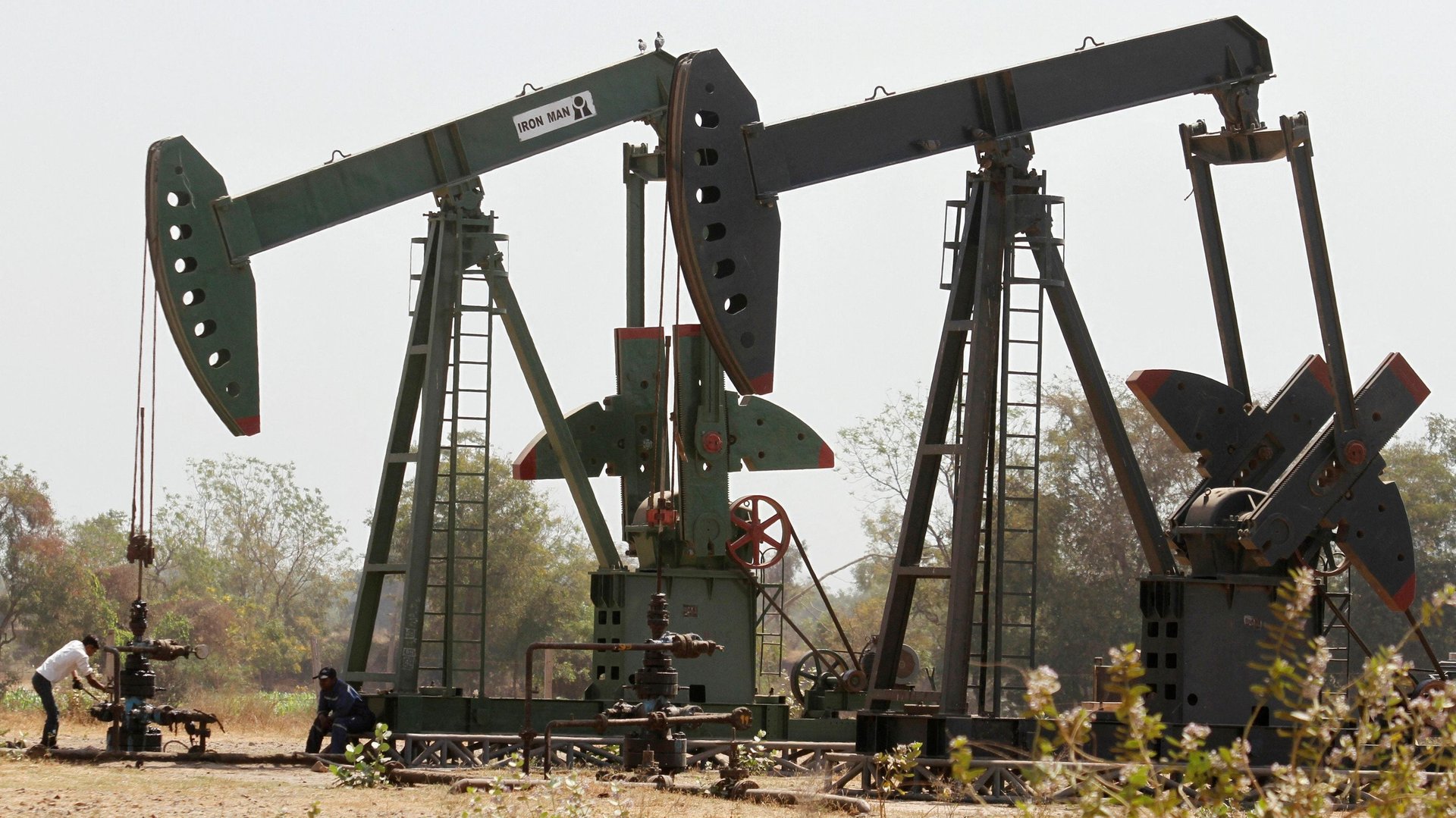Individual investors are sitting on a $763 million carbon bubble
When the global economy stops using oil and gas, the wells and equipment used to extract them will become worthless. The sum value of potentially “stranded” assets depends on how quickly and completely the transition to green energy happens. The more effective climate policies are in promoting rapid change, the more assets will likely be stranded—and the greater potential losses for the energy companies, banks, and investors that own them.


When the global economy stops using oil and gas, the wells and equipment used to extract them will become worthless. The sum value of potentially “stranded” assets depends on how quickly and completely the transition to green energy happens. The more effective climate policies are in promoting rapid change, the more assets will likely be stranded—and the greater potential losses for the energy companies, banks, and investors that own them.
The latest report from the Intergovernmental Panel on Climate Change estimates the total value of those stranded assets at about $4 trillion. A May 26 paper in the journal Nature by a team of US and UK economists offers a slightly more optimistic outlook, concluding that, if the world meets the Paris Agreement warming goal, stranded oil and gas production assets will total $1.4 trillion. That figure is likely a low estimate because it doesn’t include a wide range of ancillary assets and companies, like oil refineries and gas export terminals.
But the paper’s bigger goal was to deduce who exactly will be left holding that bag. Researchers traced the ownership of all 43,439 oil and gas production assets globally through 1.8 million companies that own them, through the financial institutions backing those companies, down to the individual investors whose money is ultimately at stake.
They concluded that the greatest share of risk—$569 million—is borne by individual investors in rich countries, especially concentrated in the US and UK (plus $194 million for investors in non-OECD countries, for a total of $763 million). That includes anyone who invests in the stock market and anyone with a pension or retirement savings. In other words, those investors have a $569 million stake in pressuring energy companies to replace oil and gas with clean energy assets, reduce capital spending on new assets (so the number doesn’t grow even more), and to lobby governments to cover those losses. In lower-income countries, government investments face the largest risk.
The authors point out (pdf) that the 2008 subprime mortgage crisis, which ultimately caused the loss of at least $5 trillion in global GDP, was triggered by a housing bubble valued at just $250-500 billion. But it’s too soon to say whether the carbon bubble will be as damaging to the global economy. Not every asset will become stranded at once—and there’s still a chance for governments and companies to deflate the bubble slowly, rather than waiting for it to burst.